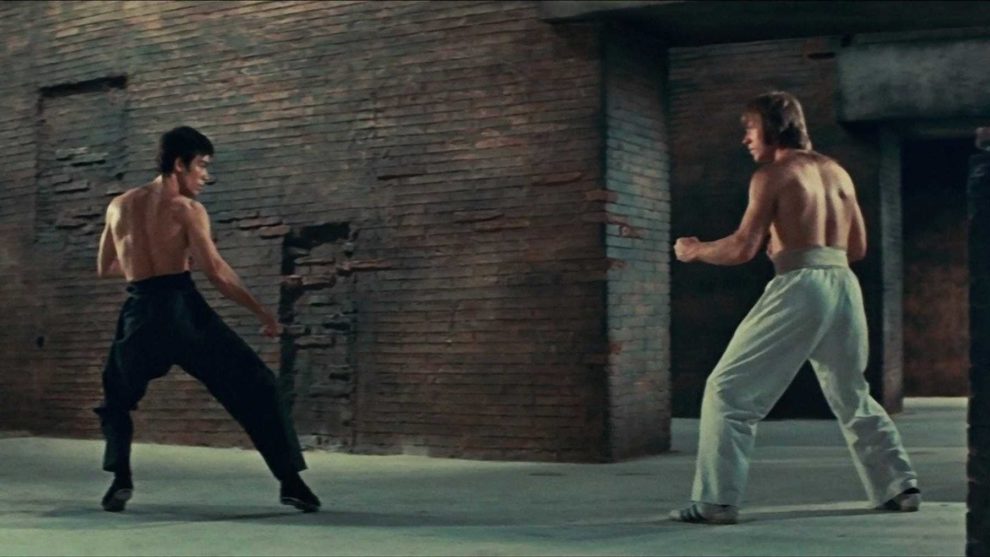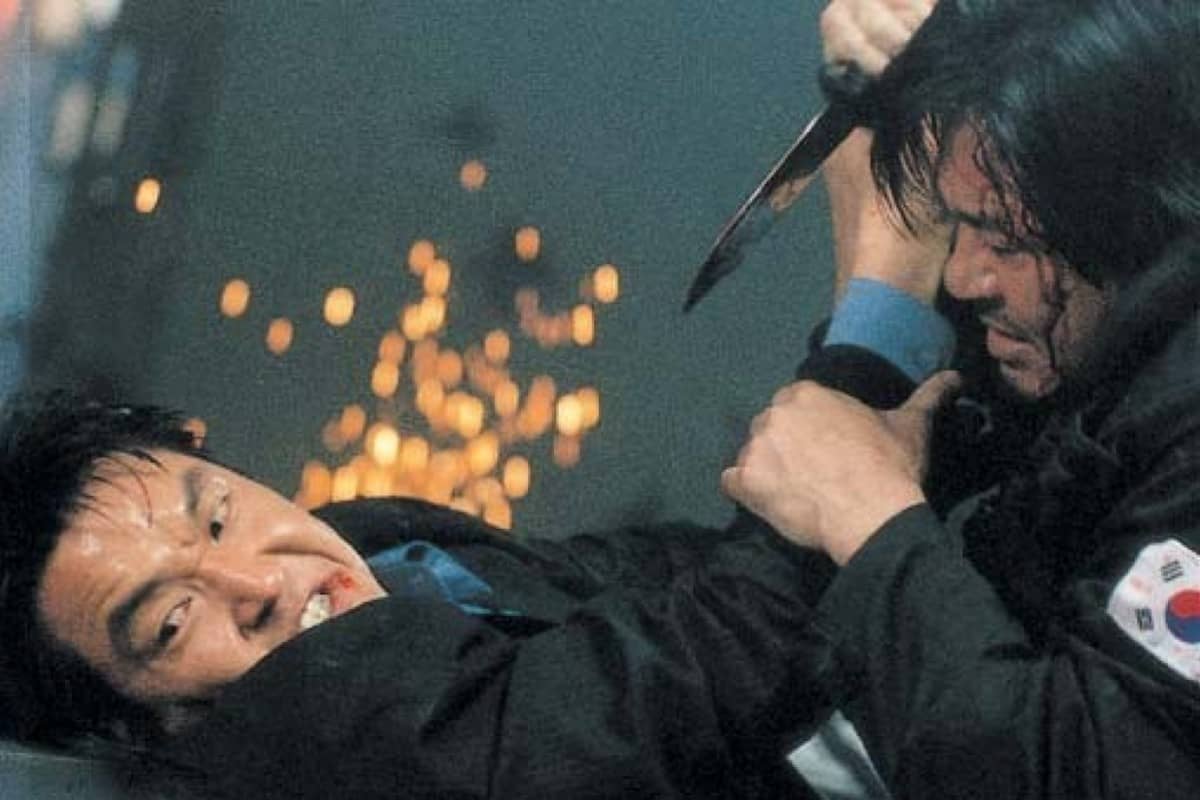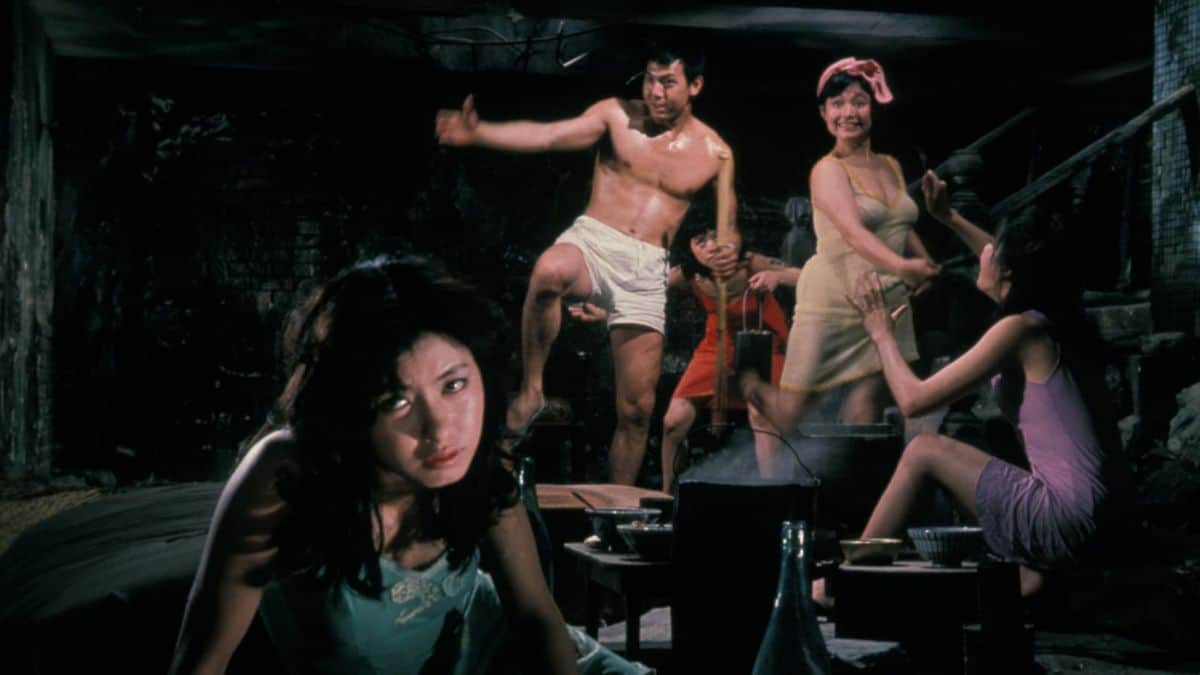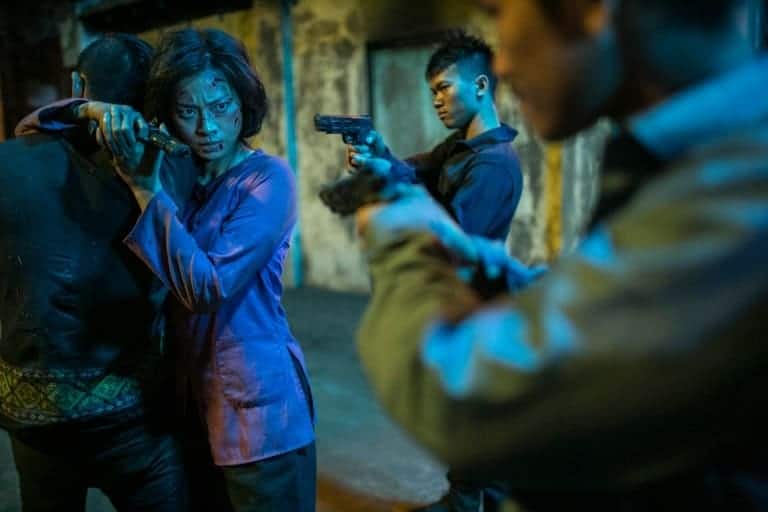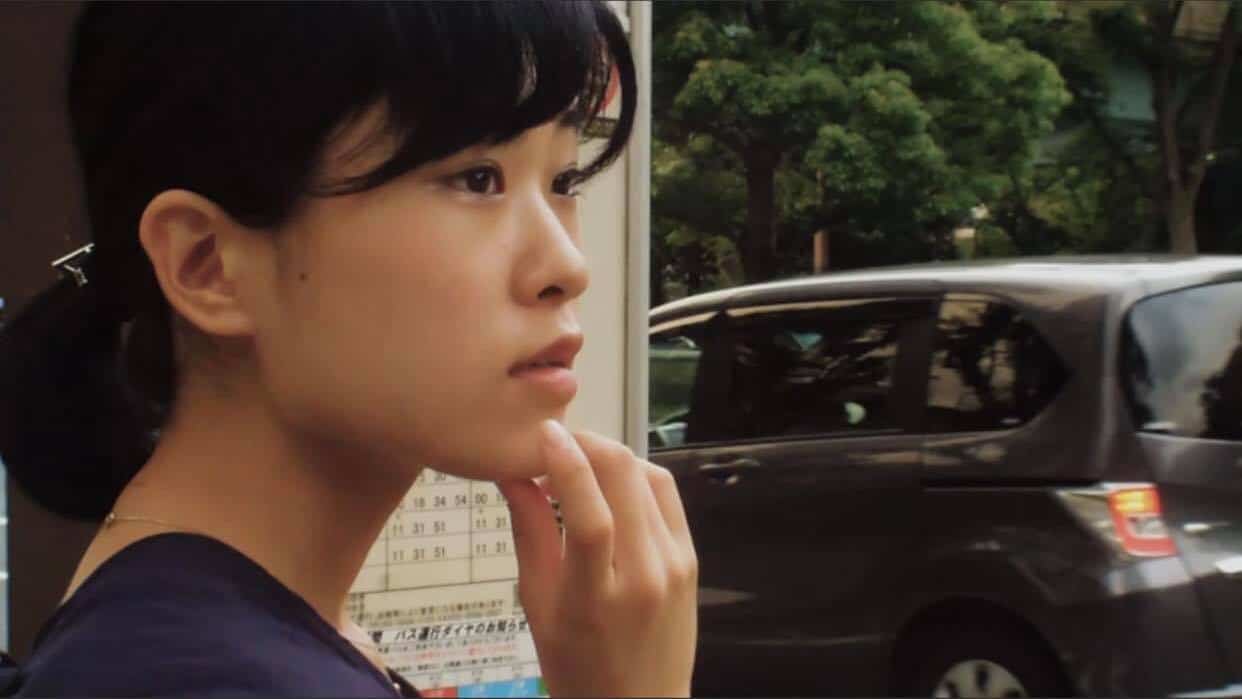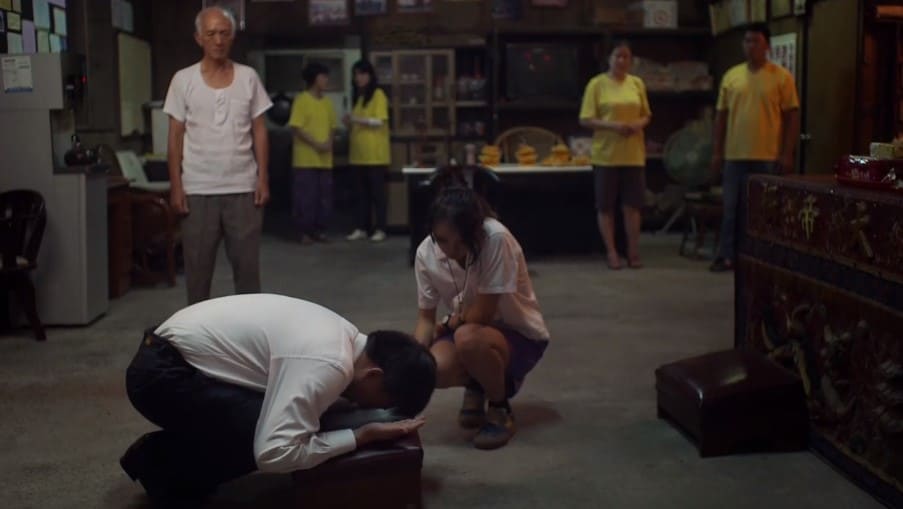While his previous features “The Big Boss” and “Fist of Fury” had established Bruce Lee's fame in his home country as well as overseas, the two roles also gave him the influence and financial means to start his own production company and finally have the kind of control he had always wanted about the projects he was interested in. Their company's first project and Lee's debut as a director was to be “Way of the Dragon”, a movie which, despite its tight budget, introduced movie audiences to a style that would become famous for an entire generation of martial arts-actors such as Jackie Chan and Jet Li. On the outside a typical feature of the genre, including the fight of the good guy against an evil boss and his henchmen, it also combines action sequences, artful fight choreographies as well as a specific kind of Hong Kong humor strongly reminiscent of the great masters of slapstick.
Buy This Title
Bruce Lee plays Tang Lung, a young man and skilled martial artist who has been asked by his uncle in Hong Kong to aid his niece in Rome, whose uncle struggles to fend off en evil businessmen set on buying the land his restaurant is on. While his niece (Nora Miao) is apprehensive about the young man, because she had expected a skilled lawyer who would help them in a legal case rather than a strong but overall helpless man who does not even speak Italian or English. However, Tang soon manages to convince her and the other employees of the establishment as he fights off a group of thugs sent by the businessman threatening his uncle.
As his intimidation tactics fail to work on Tang Lung, who keeps on defeating his men as well as his hired assassin, the boss is fed up with the stranger disturbing his work and sends for three martial artists, among them Colt (Chuck Norris), a highly-trained martial artists from the United States, to finally get rid of Tang Lung once and for all.
In the past, Lee, as the action director and fight choreographer, had always taken care of the core element of his movies, but in “Way of the Dragon” he has achieved another level of control and skill over these sequences. Besides featuring the first fight which would include the nunchaku, which would become his signature weapon, these scenes emphasize how Lee would combine his vision as a filmmaker with his idea of how a fight should look like. Especially among those martial artists we get to see in “Way of the Dragon”, there is a certain amount of respect for the opponent which we can also witness in the visuals, for example when the upper bodies of the fighters are shown, or Peter Cheung's editing adding the kind of fluidity to the action important for the fighting technique, but also in terms of storytelling.
Nevertheless, reducing “Way of the Dragon” to is action would be unfair to the kind of vision Lee and his crew were after. Viewed today, especially by those familiar with the genre, you will certainly notice how this kind of narrative structure could have been the blueprint for features like “Rumble in the Bronx” or “Wheels on Meals”, even for contemporary action franchises like “John Wick”. Watching the opening minutes of “Way of the Dragon” you cannot help but notice the humor, most specifically slapstick and the way Tang's inability to understand those around him causes misunderstandings, for example when ordering a meal in a restaurant at the airport, resulting in him having to use the restroom frequently. While those scenes might strike the viewer as silly, this kind of silliness seems to refer back to the long tradition of action and comedy, for example, the works of Buster Keaton whose silent comedies would always feature a large variety of dangerous and death-defying stunts. In the case of “Way of the Dragon” there are two sides to the story, as there are also two sides to the central hero who would go on to be the role model for many more like him.
In the end, “Way of the Dragon” is an ambitious movie by and with Bruce Lee. Although not perfected, its combination of comedy and action set a foundation for many other stories and heroes, as it offers an entertaining blend of both of these aspects. Its fight sequences alone prove the level of skill he had acquired in his years as action director and choreographer, as well as a level of confidence which he was going to develop further.


